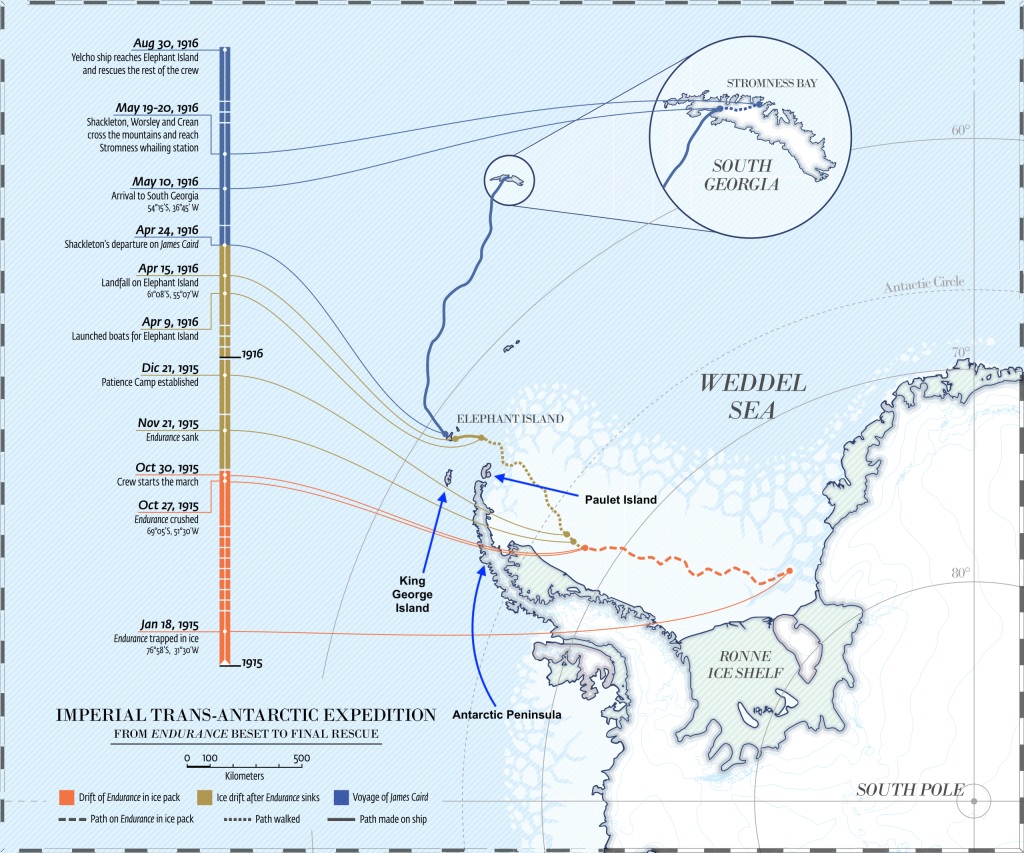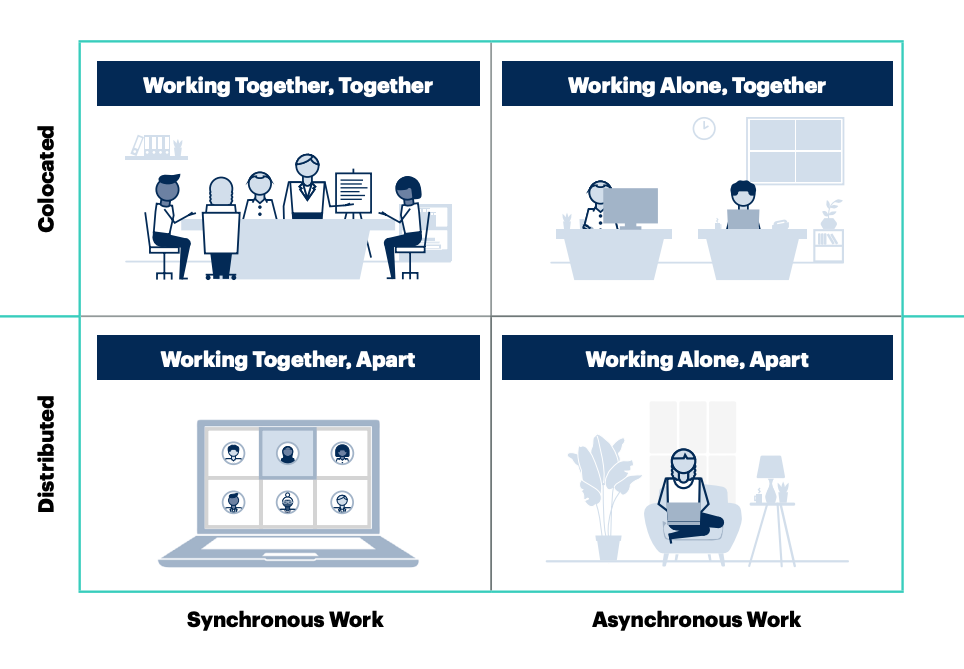
Today is June 1st and you’ve probably noticed a big uptick of rainbow flags everywhere, including on Jimmy Fund Way outside the Dana lobby. I bet, if you look around, you’ll see them waving in the breeze through the entire month and wherever you may roam.
Why? Today marks the start of Pride Month across Boston, New England, and much of the country.
Just a few days earlier my wife and I kicked off the start of summer with a splash in our backyard pool and we revel daily as we watch our gardens come alive with bursts of color from poppies, peonies, roses, clematis, lilies, lupines, rhododendrons, and much more. Pride flags just seem to fit into the explosions of color around us and it makes me wonder who came up with such a great plan to coincide pride month with the start of summer.
I’ll admit, I acknowledge that I’ve been taking Pride Month for granted for a very long time. So much so that I didn’t quite realize that it’s no happy coincidence that Pride Month and summer start dovetail together. It’s far more historically significant than that.
I know you’ve heard of the Summer of ’69, for good or for bad. Could be you love the Bryan Adam’s song of the same name. You may remember, or have read about: the Woodstock music festival at Yasgur’s Farm in New York State; the Apollo 11 crew took one giant leap for mankind with the first ever moon landing; President Nixon started withdrawing troops from Viet Nam and Muhammed Ali was convicted as a draft dodger; the Manson Family murders terrified Los Angeles; the Miracle Mets began their runup to a World Series Championship; the last television episode of (original) Star Trek aired on NBC; The Who released the rock opera Tommy, still one of my favorite albums of all time; I was born…
It was also on June 28th in NYC that the Stonewall Uprising occurred, starting six days of protest in Manhattan. On the famed Christopher Street in Greenwich Village, the Stonewall Inn was a mob-controlled local bar where gay persons could meet and be themselves, undeniably risky back then. In the early morning hours, city police conducted a raid and began arresting patrons. This time people protested and fought back, and the gay rights movement was launched. One year later, to mark the Stonewall Uprising anniversary, the first Pride March was held; a decade later, Pride went national. And this year, 2022, NYC’s Pride March will commemorate Stonewall’s 53rd anniversary.
Why is this important and why am I writing about this? This week I received a strong reminder of why things Pride flags, marches, parades are important.
I’m writing this blog from the Jersey Shore where I grew up and lived for most of my life. The wife of one of my very best friends died last week and I’m here today for the funeral. I’ll be ironing and getting dressed to go pay my respects just as soon as I’m done writing this. Theirs is a beautiful love story. Suzanne and Debbie met and quickly fell in love nineteen years ago. I remember the first time Suzanne introduced me to her, we met up at a hip then-new Mediterranean restaurant in Asbury Park, next door to the neighborhood gay bar Georgie’s where I often played pool and tormented the crowds on karaoke night. They came to my wedding in Boston in 2010 and my wife Sue and I attended their wedding here in New Jersey almost eight years ago. Both would say they were “late bloomers” and were so grateful and joyous to have finally found each other. They were happy and they were perpetually in love. No matter who you are, and who you choose to love in your own life, I feel safe to say that theirs is an example we could all do well to follow and learn from.
Debbie was very sick and hospitalized or in a skilled nursing facility for five months, almost to the day. It’s been an unimaginable experience for Suzanne and their families. When Suzanne called and informed me of Debbie’s passing, she first estimated that the funeral would be on Memorial Day. When we spoke again a day or so later, I learned that the funeral was confirmed for today, June 1st. I guessed that the change of dates was due to travel scheduling and the like. But no, there was a much better and well thought out reason. The start of Pride Month.
Though just in her late 60’s, Debbie did not get to live her truth as a gay woman until much later in life and not much sooner than before she met and fell in love with Suzanne. For many – not all, unfortunately – the road to LGBTQ acceptance has been getting mostly smoother as each year of Pride goes by. But it’s not been a road without major potholes and challenges along the way, for most anyone who is LGBTQ.
Debbie loved Pride. She loved the Asbury Park Pride Parade and she loved knowing she could be her authentic self. Without Stonewall, without 53 years of Pride, would our lives be as good? Would we be able to live as our authentic selves safely and freely? Would we each have found the love that suits us? I honestly do not know.
Suzanne did know that her beloved wife would have absolutely loved that we will say goodbye and raise our glasses of a little Canadian Whisky in her honor today, the first day of Pride Month 2022.





